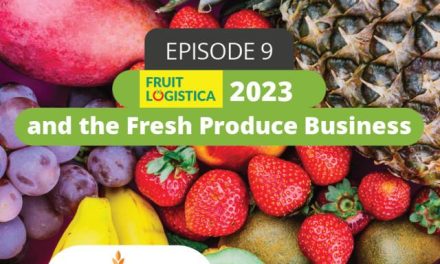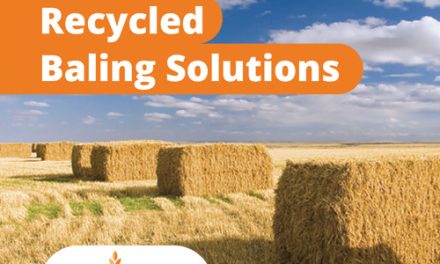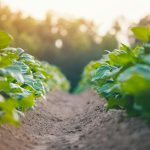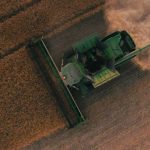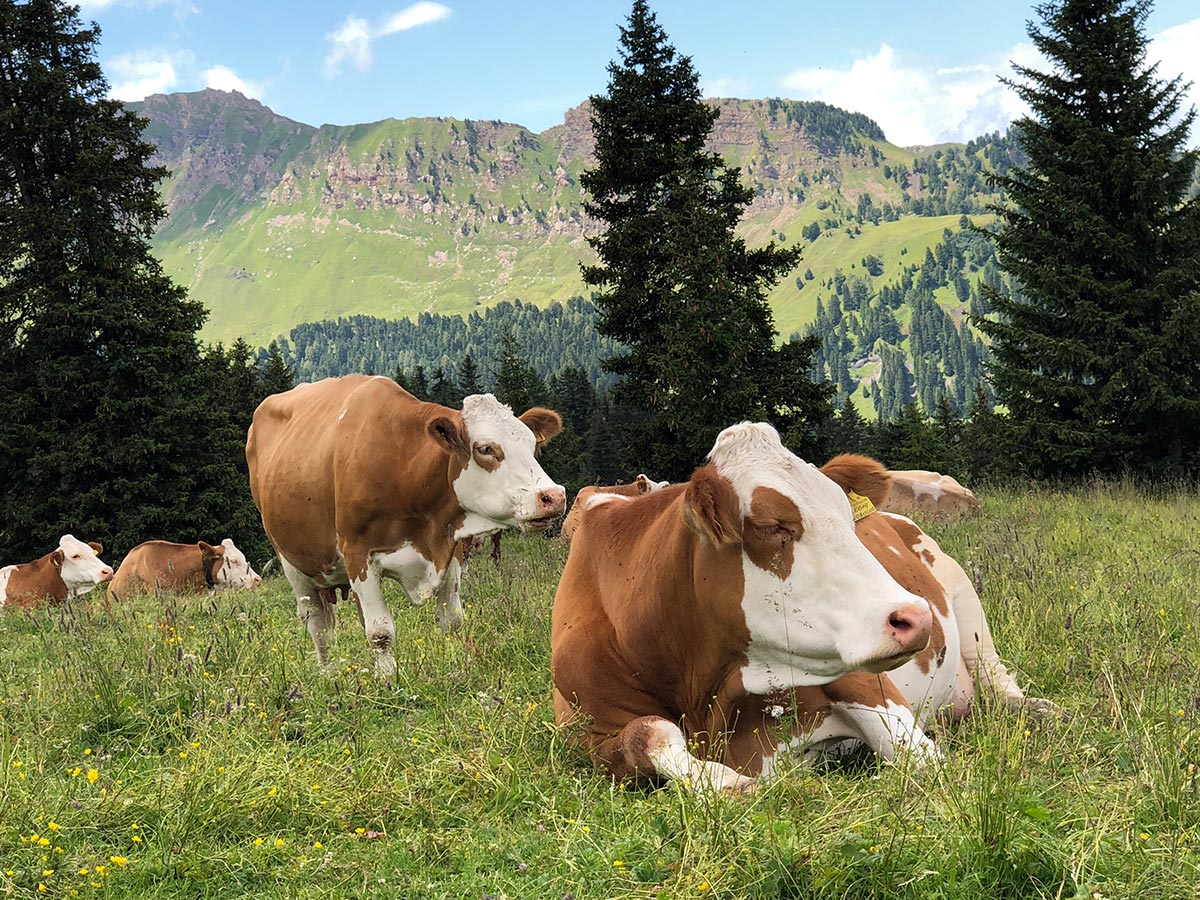
The situation of plasticulture worldwide and efforts made to reduce the waste it generates

For decades, growers and farmers around the world have relied on the use of plastics to enhance their crops, since they are an excellent alternative to harvest earlier, obtain higher yields of better quality and size, and even harvest in seasons where it was unthinkable before.
However, just as agricultural plastics have generated many benefits, plasticulture in the world involves the production of tons of waste that would have negative consequences for the environment if not processed or treated properly and responsibly, or if sustainable solutions are not sought out.
In this article, we will analyze the situation of plasticulture worldwide, as well as the efforts being made to reduce the waste generated.
Remembering the benefits of plastics
Beyond representing a great help in boosting global food production, agricultural plastics have become indispensable in the fields due to their ability to protect crops and ensure productivity in very adverse geographical conditions.
What do they protect them from? Weather conditions such as strong winds, the sun’s UV rays, and sudden temperature changes, but are also fundamental to reducing the number of agrochemicals in the soil, contributing to better use of water, and helping to preserve fodder and other food provisions used in livestock farming.
Agricultural films have certainly been very helpful, but when taking measurements and considering that every year more than 12 million tons of agricultural plastics are produced in the world’s fields, it is necessary to raise awareness and analyze what is being done with this waste.
It’s worth mentioning that, despite seeming quite large, the figure of agricultural plastics produced per year in tons only represents 4% of the world’s plastics consumption.
What is happening with plasticulture worldwide?
Although it may not seem like it, the use of agricultural plastics is currently one of the most important agents in addressing the challenges of climate change, but how is this possible?
According to Hello Castellón, president of CIDAPA (Chile’s Committee for Plastics in Agriculture and the Latin American Committee for the Development and Application of Plastics in Agriculture, for its initials in Spanish), plasticulture in the world is helping to counteract increasingly frequent climatic phenomena such as storms, droughts, hail, very low temperatures and even the appearance of new pests that threaten the integrity of crops.
Growers, farmers and experts in the area agree that managing the amount of plastic waste generated by plasticulture is a demanding task. However, it is possible as long as there is a willingness to implement sustainable strategies and alternatives while working in close cooperation so that everything works in favor of responsible plasticulture.
In this case, it is recommended to promote good disposal practices for these agricultural plastic wastes, avoiding burning them or their improper removal.
What are the current uses of agricultural plastics?
According to data published by Alberto Stavisky, president of the Argentine Committee of Plastics for Agricultural Production (CAPPA, for its initials in Spanish), the most relevant uses of plastics in agriculture are the following:
- Greenhouses and tunnels
- Mulching
- Solarization and soil disinfection
- Geomembranes
- Meshes and nets
- Floating blankets
- Irrigation systems
- Packaging
- Blankets
- Grain and fodder conservation bags
In this case, the greatest demand is for mulch and crop protection plastics, where the three major areas of development in the world are The Americas, Europe, and the Asia Pacific, followed by Africa to a lesser extent, according to Castellón.
The president of CIDAPA indicates that “the great weight of plasticulture is located in China because it has 20 million hectares with mulching (49.4 million acres), almost the entire arable area of Mexico,” while greenhouses exceed 3 million hectares (7.4 million acres). In the case of Latin America and Spain, Spain takes the lead with more than 75 thousand hectares (185.3 thousand acres) of protected crops, while Latin America has close to 188 thousand hectares (464.5 thousand acres), with Mexico in the first place.
For more information about what is happening in other regions, we recommend this website.
Why is it essential to remove plastic waste properly?
When plastics are not properly removed from the soil, the particles degrade over time due to the effect of the sun’s UV rays. As a result, these particles turn into microplastics that affect soil structure and drainage, slowing down plant development due to the lack of good moisture distribution.
Growers in China, for example, were using very thin mulch plastics (between 8 and 12 microns) for three decades to cover more land. However, because they didn’t remove these plastics correctly at the end of their useful life, these growers damaged their croplands, reducing their productivity significantly.
For this reason, China has banned the use of plastic mulch in thickness below 15 microns and begun to promote the use of mulch made from biodegradable materials; and will soon promote vertical greenhouses in urban areas to bring food closer to home, thus reducing fuel and transportation costs.
For more information about how these types of plastics work, we recommend reading our article on bioplastics in agriculture: what is it all about, benefits and projects being developed.
How can the waste used by plasticulture worldwide be managed?
The first thing to consider is that plastics used in agriculture can come from various sources: greenhouses, irrigation pipes, covering nets, mulch, or films used for silage. This means that their disposal and handling will depend on their nature.
Currently, many of the companies that manufacture these types of agricultural plastics are incorporating them into the circular economy, which contemplates a production and consumption model that involves sharing, reusing, repairing, renewing, and recycling existing materials and products to create added value when possible.
By incorporating agricultural plastics into the circular economy, the life cycle is extended, and resources are maximized to reduce the use of virgin raw materials, leaving behind the habit of using and throwing them away. To visualize it better, the process would be as follows:
- Before producing the films, the plastic is in the form of granules.
- Films, twine, nets, mulching, etc. are obtained through diverse production processes.
- The material obtained is used either in horticulture or livestock farming.
- Once its useful life is over, the material is removed from the field.
- The material is collected and grouped according to its nature.
- The material is recovered and transported to different processing plants.
- The material collected undergoes a pre-treatment process and is then transformed into smaller particles.
- The new material obtained through recycling is taken to companies to manufacture new products. The process will be repeated a few more times, as long as it is sustainable.
The following are examples of efforts that some companies are making to reduce plasticulture waste around the world:
1. Dairy Australia is developing a national silage plastic collection and recycling scheme to get agricultural producers and dairy farmers into the habit of disposing of silage plastics responsibly, so those silage plastics are not burned, buried, or end up in landfills. For more information about it, click here.
2. Reyenvas is creating products such as the “horticultural-twine,” which is certified as OK Compost Industrial, with bio-compostable materials that, in this case, have the purpose of biodegrading so it can combine with plant remains at the end of their useful life. This avoids the need to separate the twine from the plant mass at the end of the harvest, and thus, this combined mass can be delivered directly to the usual composting centers.
To learn more about other alternatives in the market in the area of twines, we recommend reading our articles on:
3. Sotrafa has a range of sustainable products such as “EDISO” (Circular Economy + Design + Sustainability). The objective of EDISO is to develop agricultural post-consumer products to enter the value chain without compromising the environment. For more information about it, click here.
4. Armando Alvarez Group offers its “2 in 1 Films,” combining advanced materials that allow a single plastic to adopt a double function, avoiding the need to use several plastic films to cover each of the functions separately. The 2-in-1 Film significantly reduces the total weight of the plastic put on the market and extends its useful life. For more information about it, click here.
5. Aspla with its Cycled Wrap® proposal through which a 7-layer coextruded agricultural stretch film is obtained, with technical properties equivalent to those of a Premium film, which is manufactured with special raw materials of high purity, strength, and highly refined recycled polymers. Its 7-layer technology allows it to achieve very tight tolerances for excellent wrapping security on round and square bales. For more information about it, click here.
Other examples of initiatives to reduce agricultural plastic waste:
Another example to reduce this percentage of the waste is the use of recycled plastics as construction material. This initiative has several projects around the world.
We can specifically mention the Agricultural Plastics Recycling Project in New York, whose objective is to take advantage of the plastic discarded on dairy farms and thus transform it into construction materials such as paving stones for sidewalks, plastic wood, oils, waxes, and other more durable, sustainable, and planet-friendly products. This is precisely what we talked about in our post on the use of recycled plastics as a building material.
Whenever initiatives of this type emerge, regulations also emerge that are adjusted to the innovations achieved. To learn more about this topic, we recommend reading our article on the new regulation in California that seeks more sustainable practices in agriculture.
Information sources:
- https://www.fao.org/3/cb7856en/cb7856en.pdf
- https://www.redagricola.com/cl/el-uso-de-plasticos-en-el-agro-se-reinventa-a-nivel-planetario/
- https://www.dairyaustralia.com.au/land-water-and-climate/environmental-programs/silage-plastic-recycling-scheme#.Yv38C-xBzFr





![[eBook] Sustainability and water management](https://agriplasticscommunity.com/wp-content/uploads/8_550x310_ENG-440x264.png)
![[eBook Trends in Agriculture Plastics] Increasing use of biodegradable mulch](https://agriplasticscommunity.com/wp-content/uploads/550 × 310_2_ENG-440x264.png)
![[eBook Trends in Agriculture Plastics] Reducing the plastic used in the manufacture of agricultural films](https://agriplasticscommunity.com/wp-content/uploads/550 × 310_1_ENG-150x150.png)





